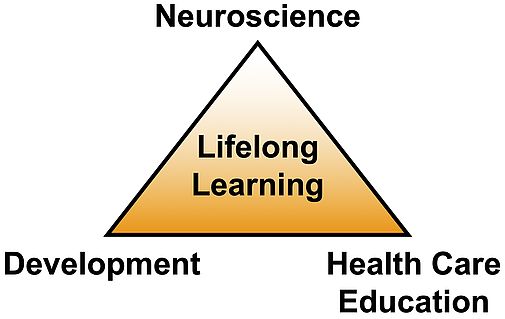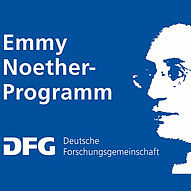
Research
The human brain is malleable and changes over the entire lifespan with experience and learning. This property of the brain is referred to as plasticity. Plasticity is an important and powerful property that, as neuroscientist and Nobel Prize winner Santiago Ramón y Cajal put it, makes each of us the “sculptor of our brain”. The goal of this Emmy Noether group is to better understand how mechanisms of brain plasticity change throughout life. We aim to address this goal by studying visual plasticity, as exemplified by visual perceptual learning (VPL), as a model in children, young adults, and older adults using a combination of psychophysics and brain imaging. VPL is a powerful tool to investigate mechanisms of learning and plasticity in a controlled fashion in a well-understood model system (the visual sensory system). Insights from VPL have broader significance, because many mechanisms involved in VPL are also involved in other types of learning. Our translational goal is to design training procedures that sustainably facilitate learning in children, young and older adults.
We see our research as highly interdisciplinary at the intersection between neuroscience, development, health care and education.

Our research is supported by:
Deutsche Forschungsgemeinschaft: Emmy Noether Program
Hector Fellow Academy: Associated Young Researcher Program
Hector Fellow Academy: Hector Research Career Development Award
Hector Fellow Academy: Interdisciplinary Project
Julitta und Richard Müller Stiftung
Universität Regensburg: UR Fellows Program
If you are interested in our research or if you would like to participate in our experiments, please contact the group leader by email: sebastian1.frank@psychologie.uni-regensburg.de

